AI Challenges and Opportunities
Strategic Decision Making in the Age of AI
Neil D. Lawrence
CELP

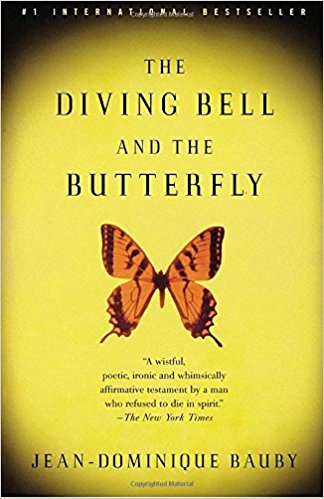
O M D P C F B V
H G J Q Z Y X K W

Bauby and Shannon

|
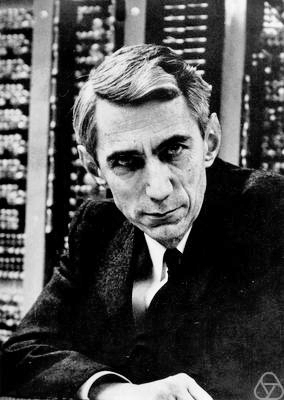
|
|
|
|

|
|
|
bits/min
|
billions
|
2000
|
6
|
|
billion
calculations/s |
~100
|
a billion
|
a billion
|
|
embodiment
|
20 minutes
|
5 billion years
|
15 trillion years
|
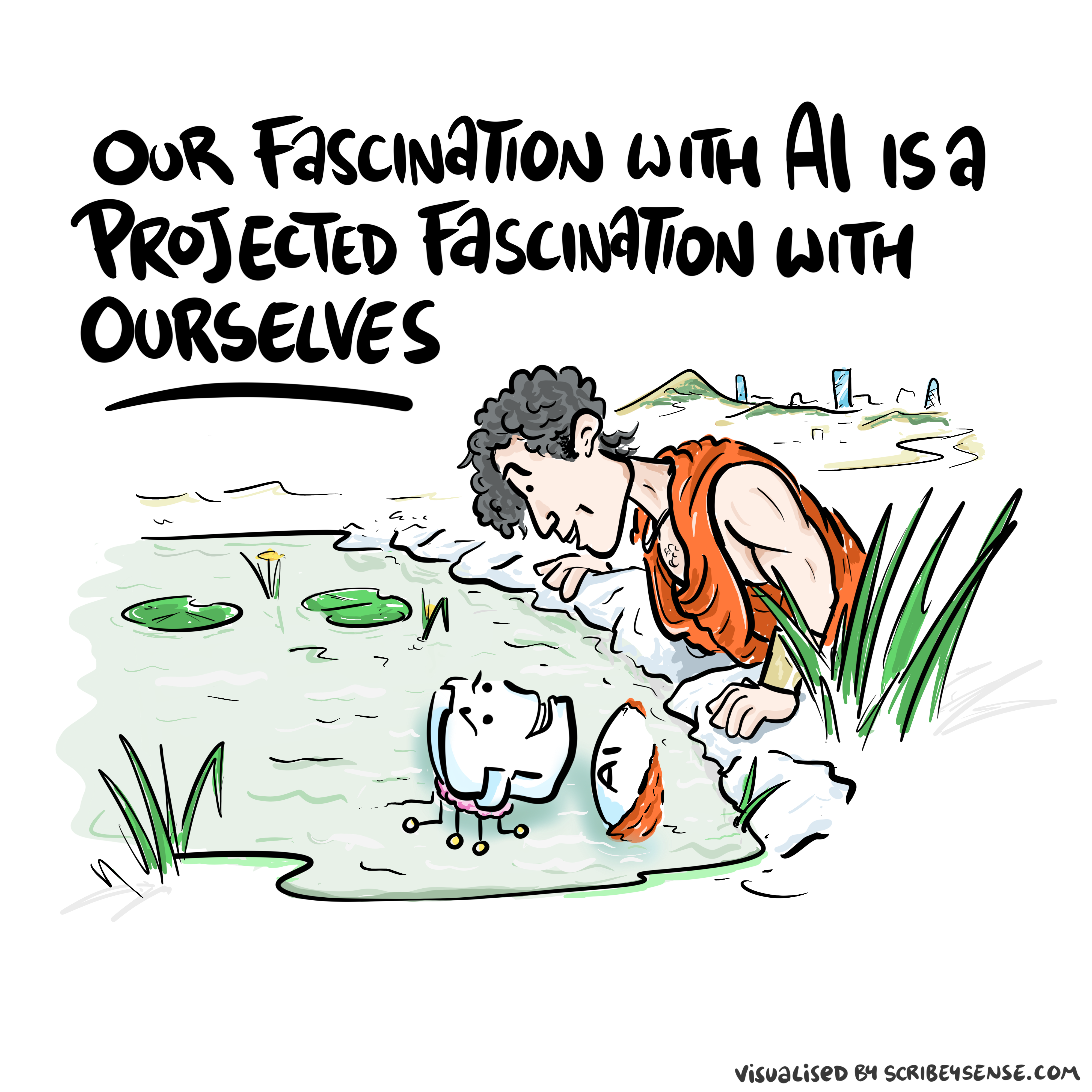
The Horizon Scandal
|
|

|
|
Revolution
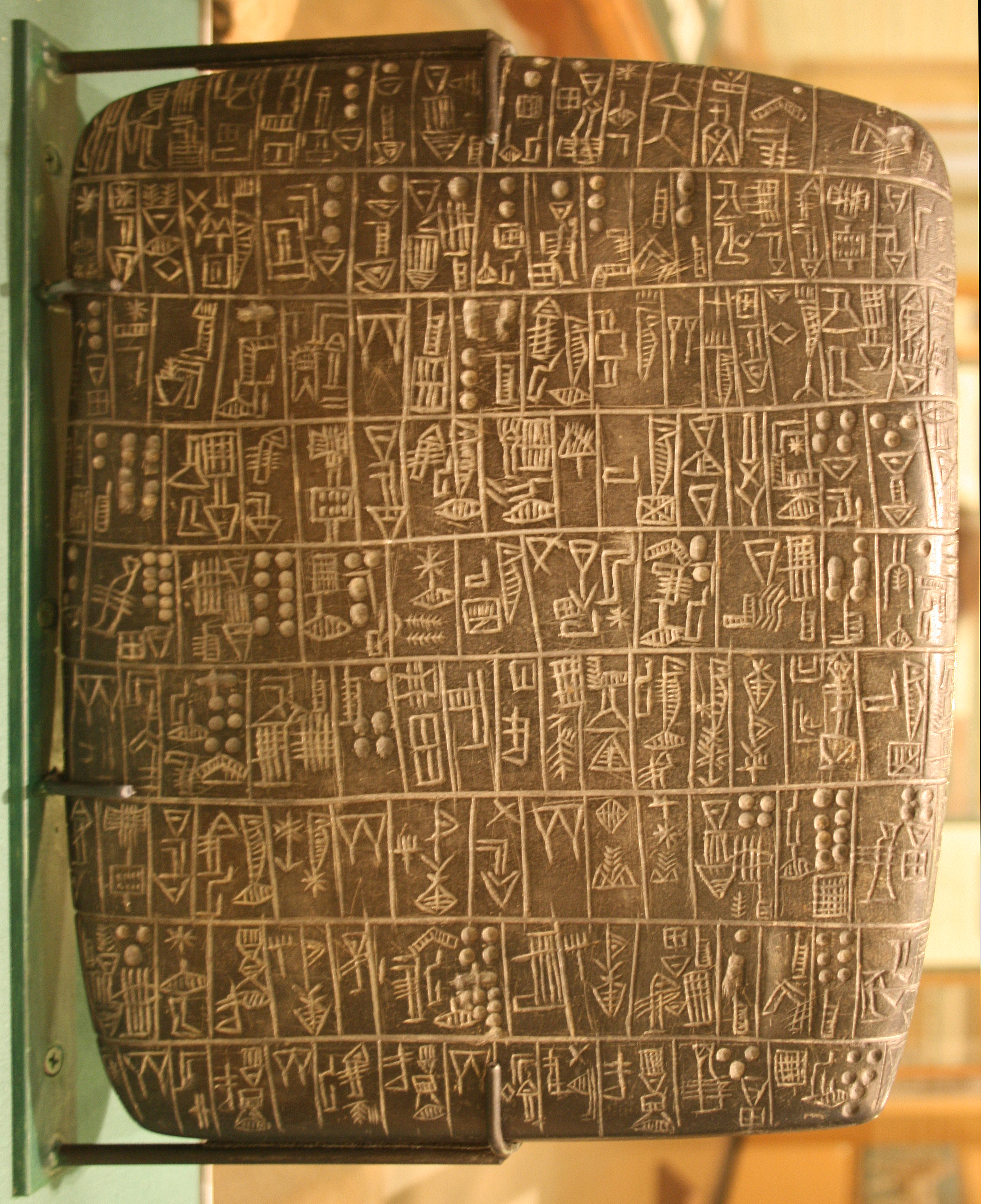
The Structure of Scientific Revolutions
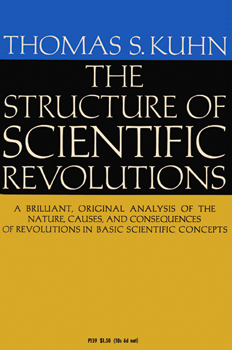
Blake’s Newton

Lunette Rehoboam Abijah

People, Communication and Culture
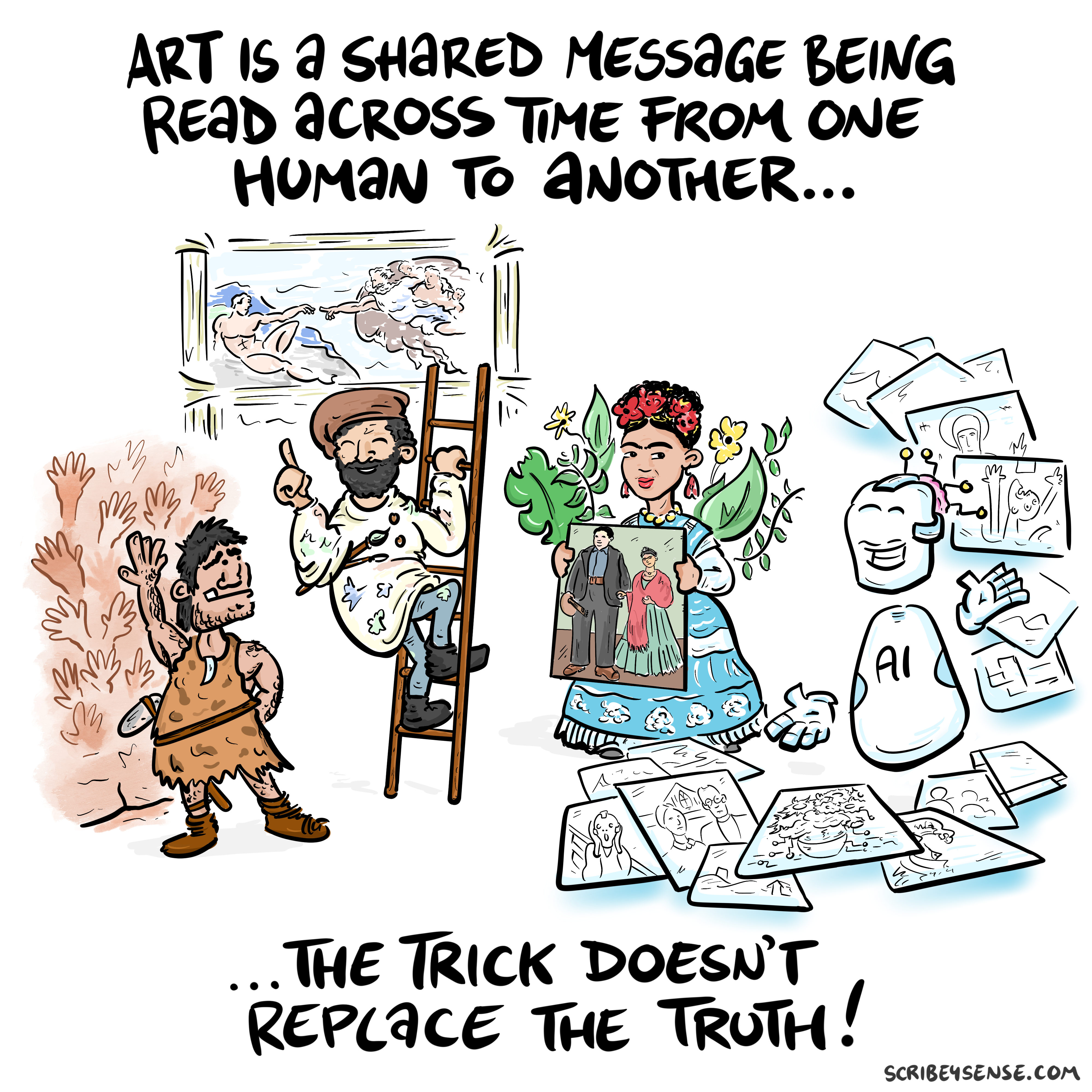
.
The Sorcerer’s Apprentice
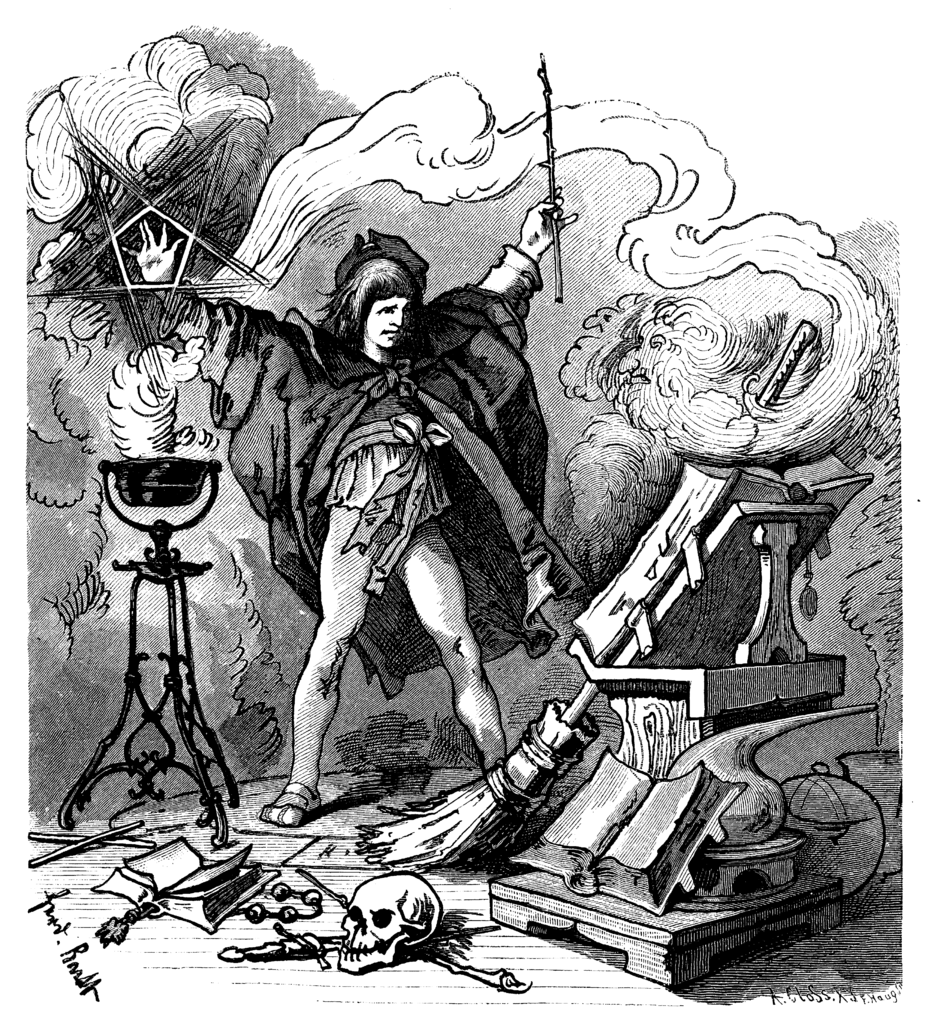
The Open Society and its Enemies
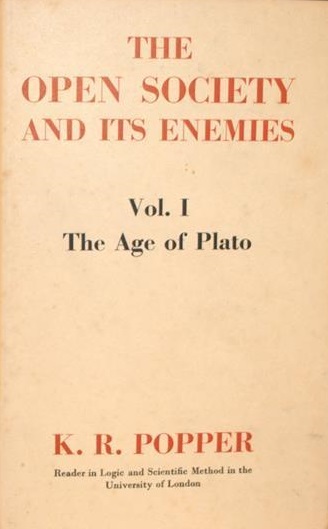
If in this book harsh words are spoken about some of the greatest among the intellectual leaders of mankind, my motive is not, I hope, to belittle them. It springs rather from my conviction that, if our civilization is to survive, we must break with the habit of deference to great men. Great men may make great mistakes; and as the book tries to show, some of the greatest leaders of the past supported the perennial attack on freedom and reason.
Information Topography: How AI Reshapes Organizational Decision Making
Bezos memo to Amazon in 2002
The API Mandate
- All teams will henceforth expose their data and functionality through service interfaces.
- Teams must communicate with each other through these interfaces.
- There will be no other form of inter-process communication allowed: no direct linking, no direct reads of another team’s data store, no shared-memory model, no back-doors whatsoever. The only communication allowed is via service interface calls over the network.
- It doesn’t matter what technology they use.
- All service interfaces, without exception, must be designed from the ground up to be externalizable. That is to say, the team must plan and design to be able to expose the interface to developers in the outside world. No exceptions.
Duality of Corporation and Information
- What is less written about is corporate structure.
- This information infrastructure is reflected in the corporation.
- Two pizza teams with devolved autonomy.
- Bound together through corporate culture.
Conway’s Law
Any organization that designs a system (defined broadly) will produce a design whose structure is a copy of the organization’s communication structure.
Conway (n.d.)
An Attention Economy
- Human attention will always be a “scarce resource” (See Simon, 1971)
- Humans will never stop being interested in other humans.
- Organisations will keep trying to “capture” the attention economy.
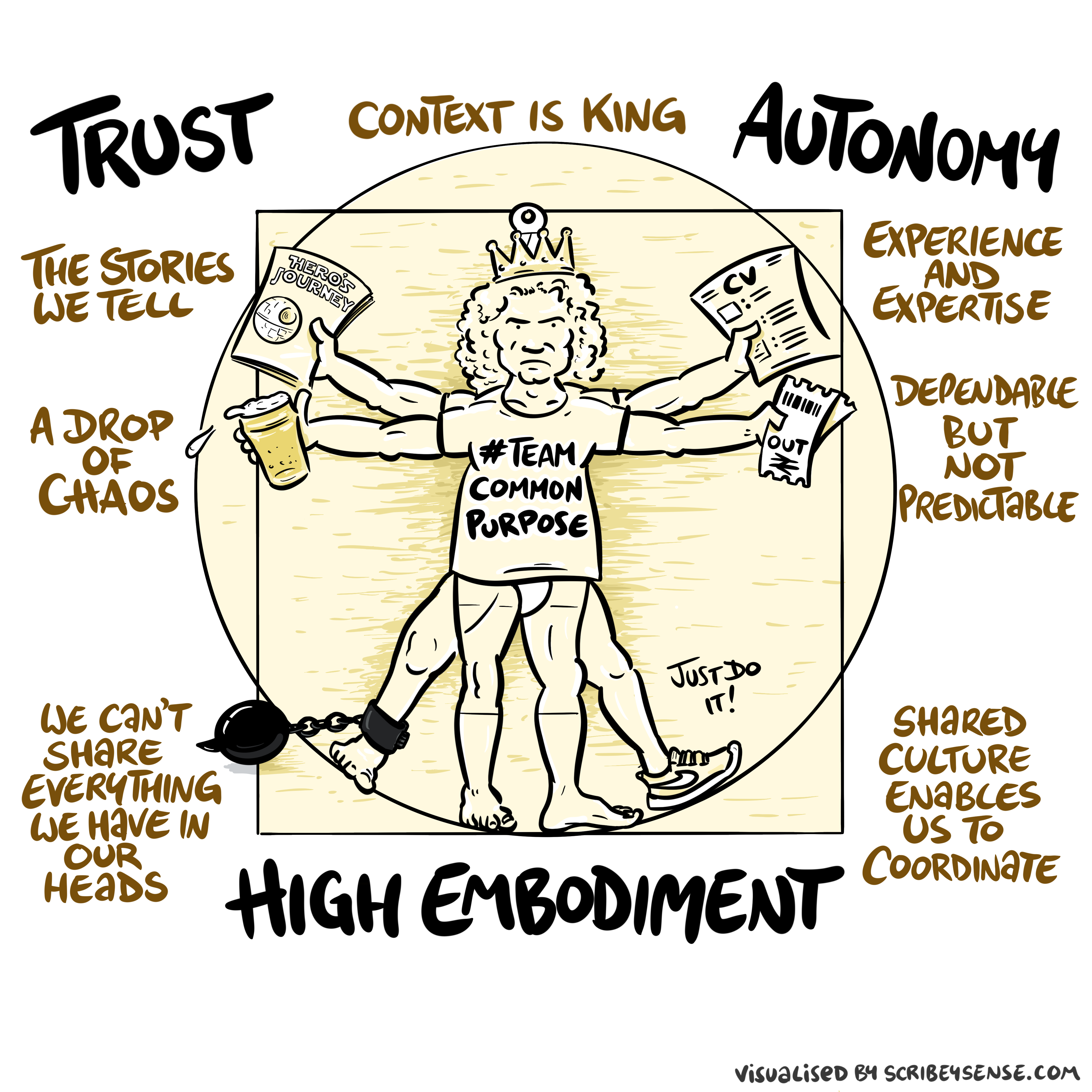
Balancing Centralized Control with Devolved Authority
Question Mark Emails
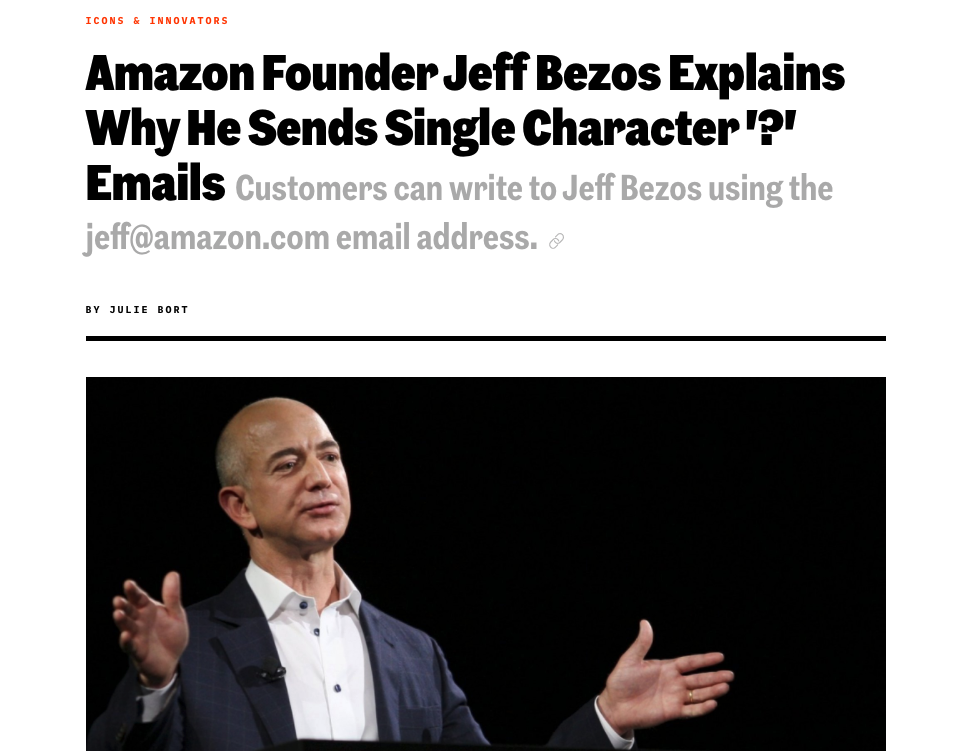
Executive Sponsorship
- Direct sponsorship from the most senior executive.
- This has a cultural effect as well as a direct effect.
- Bring about through involvement
- develops understanding of capabilities of data science in exec team.
Pathfinder Projects
- In executive context: an important project that is interdepartmental.
- Should involve the CEO, CFO, CIO and data science team (or equivalents).
Generative AI as HAM
- Generative AI provides us with an “analogue human”
- An information amplifier with a multiplier of 300,000,000.
- Radically changes information infrastructure
- From Conway’s Law: All existing models redundant.
Human-Analogue Machines (HAMs) as Business Tools
The MONIAC
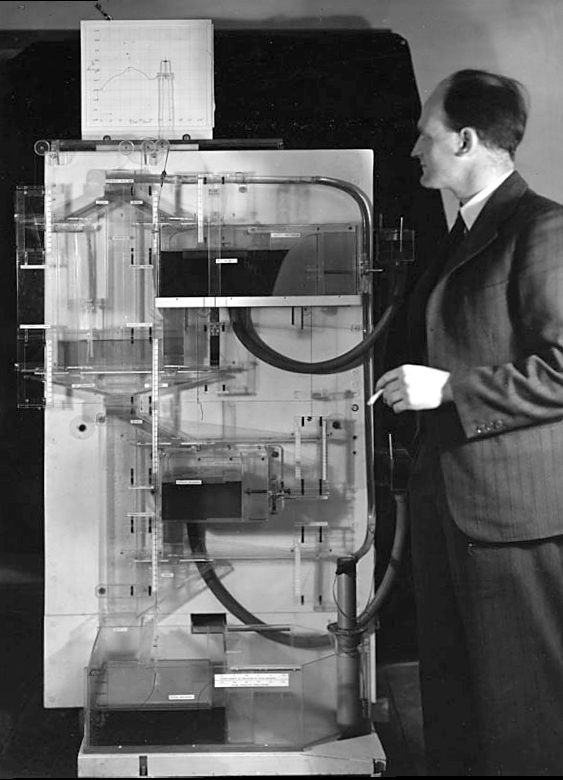
Human Analogue Machine
HAM
The Business Challenge
What to do?
- We know weverything we’re doing now is wrong.
- We don’t know how it’s wrong.
- “Marconi approach” unlikely to work
Conclusion: The Business Imperative
AI cannot replace atomic human
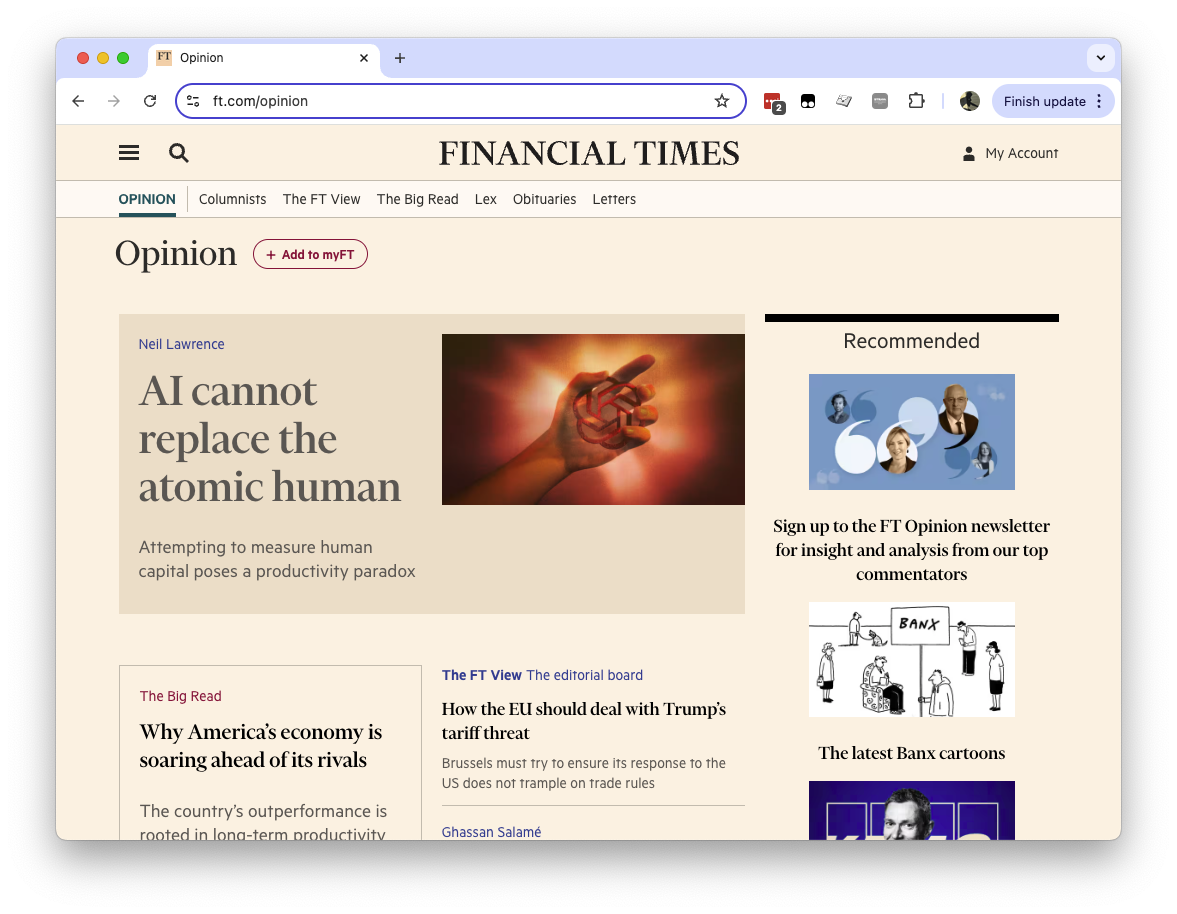
Atomic Human Approach
- Human attention the differentiator.
- Focus on how your human capital needs to adapt.
- People first approach, not AI first.
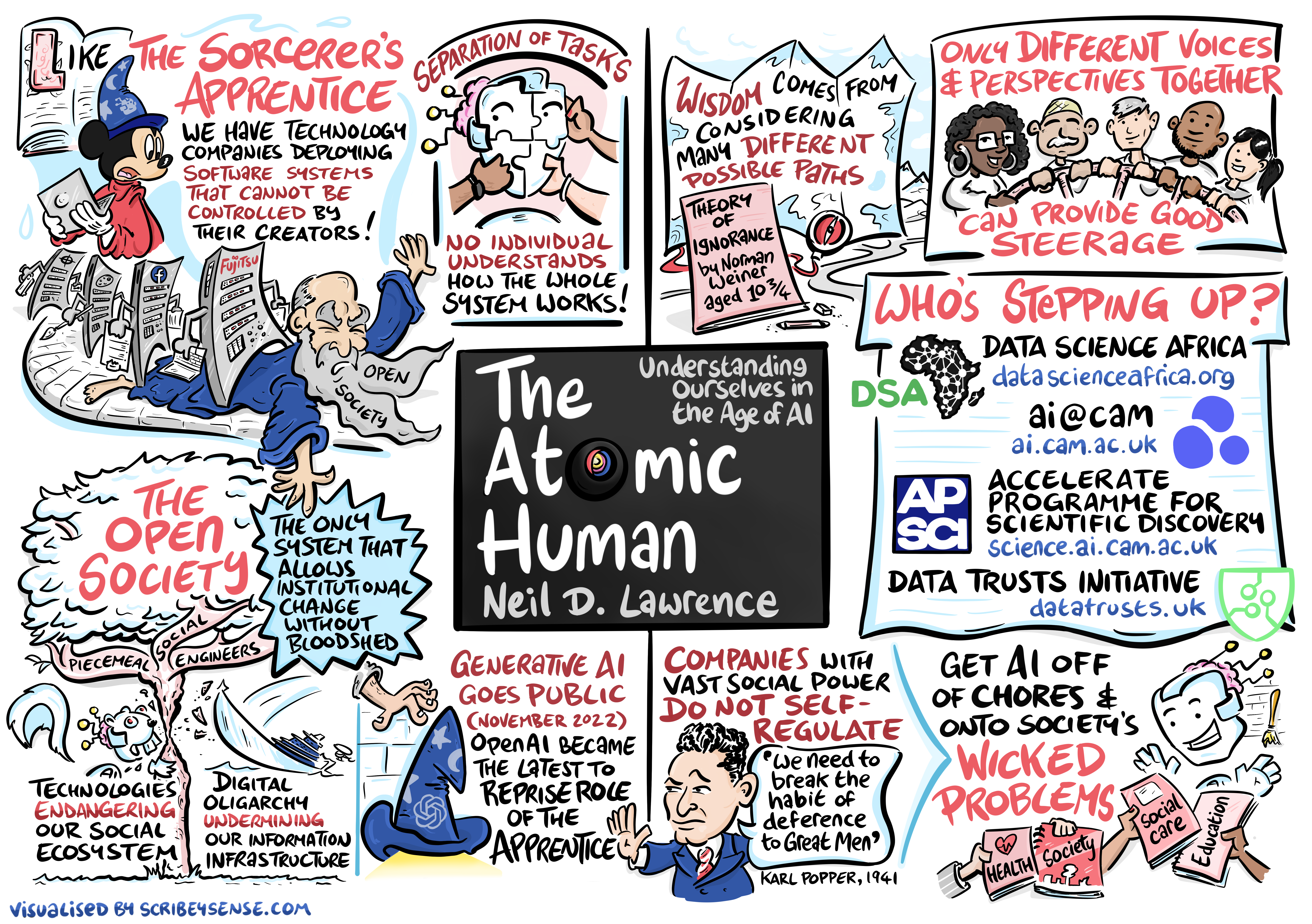
Conclusion
- AI reshapes information flows - understand your information topography
- Balance centralised control and devolved decision-making
- Recognize LLMs as interfaces, not substitutes for human judgment
Conclusion
- Build intelligent accountability into your AI deployments
- Focus on domain expertise leading AI implementation
- Invest in developing institutional character around AI use
Thanks!
book: The Atomic Human
twitter: @lawrennd
The Atomic Human pages atomic human, the 13 , Le Scaphandre et le papillon (The Diving Bell and the Butterfly) 10–12, Bauby, Jean Dominique 9–11, 18, 90, 99-101, 133, 186, 212–218, 234, 240, 251–257, 318, 368–369, Shannon, Claude 10, 30, 61, 74, 98, 126, 134, 140, 143, 149, 260, 264, 269, 277, 315, 358, 363, Horizon scandal 371, cuneiform 337, 360, 390, Kuhn, Thomas: The Structure of Scientific Revolutions 295–299, Blake, William Newton 121–123, Blake, William Newton 121–123, 258, 260, 283, 284, 301, 306, Cicero and culture 20-21, sorcerer’s apprentice 371-374, Popper, Karl The Open Society and its Enemies 371–374, MONIAC 232-233, 266, 343, human-analogue machine (HAMs) 343-347, 359-359, 365-368.
newspaper: Guardian Profile Page
blog posts:
Dan Andrews image of our reflective obsession with AI
Dan Andrews image from Chapter 3